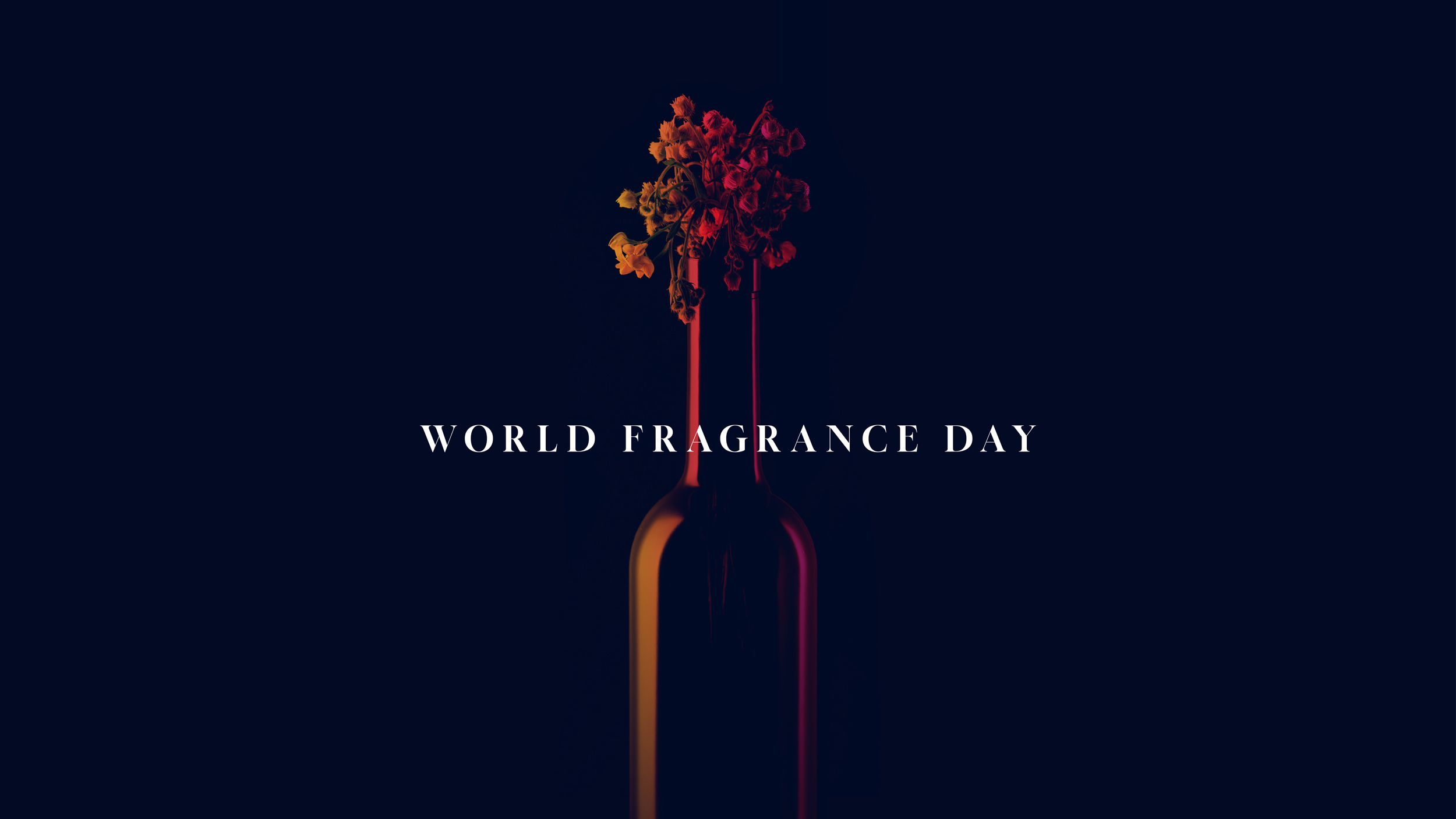News & Updates

21/03/24
Wine in Perfumes
For some, it is a signature, and for others, it is a part of their personal style. Whichever way you take it, perfumes have become more than a question of aesthetics and have turned into a sort of statement. When entering a room full of strangers or casually meeting with friends, we like our perfume to be noticed, even more so—to get a compliment or two. Usually, what we get is that people tell us that our perfume smells fresh, fruity, woody, or even gourmand, but what puzzled me recently was someone describing perfume as “it smells like wine.” The first thing that comes to mind is: Which wine exactly? Is it a sweet and rich Port, Cabernet Sauvignon’s plums and cherries, or Sauvignon Blanc’s acidity? It leaves a lot of room for interpretation, which is why I gathered one wine and one perfume expert to help on this topic.
Avoiding all the rules of keeping readers on this page for as long as possible, here is the short answer on which both experts agree: Yes, perfume can smell like wine. They do, however, add that how we perceive a scent is completely subjective, as scent molecules strike our olfactory receptors in different ways and create different associations. Moreover, not all wines have the same aromas and definitely do not smell the same. This is why, for some people, the scent of wine may be associated with being alcoholic and acidic, and for others, it may be a light and fruity one.
If it started looking complicated, hang on; we are about to resolve this in the following paragraph. In short, a wine expert can tell you by smelling a wine what aromas it has, though we will not dwell on this topic now. But equally, a perfume expert, and especially people who make perfumes, can, simply by smelling, name you the main notes or accords in a perfume, and they have it all categorized (with some noteworthy examples). Namely, there is one main source of wine aromas in perfumes: the wine lees, a deposit of tartar and yeast that is formed at the bottom of the vats during the bottling of wine, and accordingly, different wines make different lees and essential oils extracted from them. Perfumers then make a simple distinction between three general aromas: red wine, white wine, and champagne.
The red wine lees gives the perfume a sensual, fruity, alcoholic, but warm note. Examples of these perfumes would include Christian Dior Poison, Estée Lauder Amber Mystique, Stella McCartney Stella Rose Absolute, Giorgio Armani Si, and Jo Malone Pomegranate Noir.
The white wine lees on the other hand, come with an expected, lighter touch of yellow and white flowers like jasmine, chamomile, orange blossom, and roses, and more intense ones such as linden, honeysuckle, and magnolia. If this tickled your nose, test whether any of these remind you of some white wine: XJ 1861 Zefiro Xerjoff, 5th Avenue Uptown Elizabeth Arden, Tobacco Absolute Eau de Parfum Molton Brown, Gucci Flora Gorgeous Gardenia, and Acqua Di Parma Chinotto di Liguria.
And last but not least, the Champagne notes that come in the widest array include liquorice, caramel, mushrooms, red fruits, gingerbread, nuts, citrus, honey, almond, and juniper, but even some milky scents due to lactone. See if you can find any of these in one of the following perfumes: Remarkable People Etat Libre d’Orange, Gucci Premiere, Lolita Lempicka Oh Ma Biche, and Marc Jacobs Divine Decadence.
However, these is only one conclusion in the end: With perfumes, just like with wines regardless of the category and classification, the only thing that matters is: Do you like it?